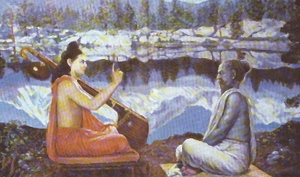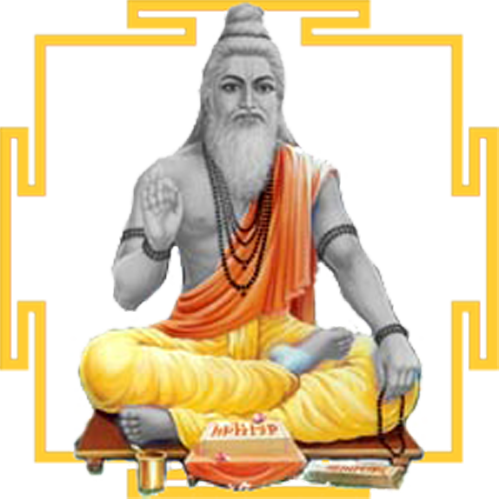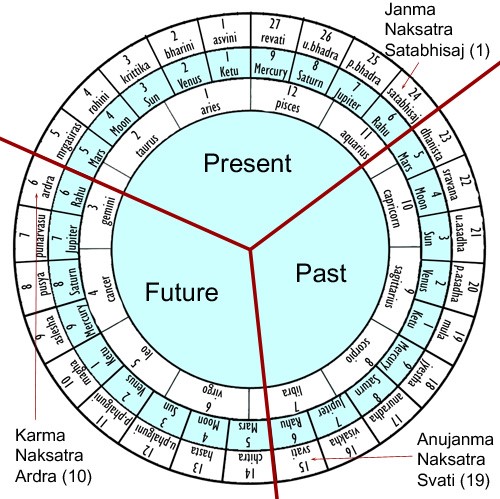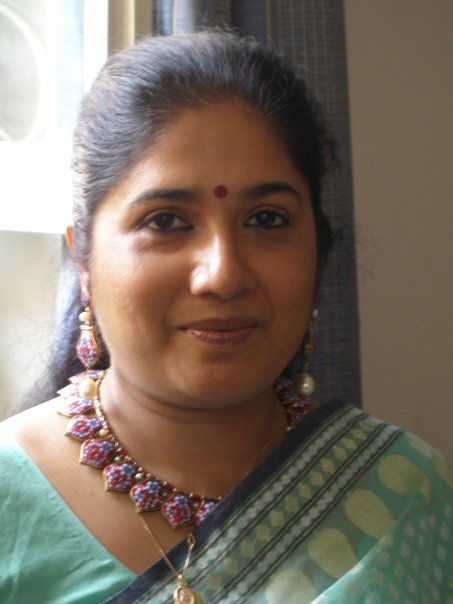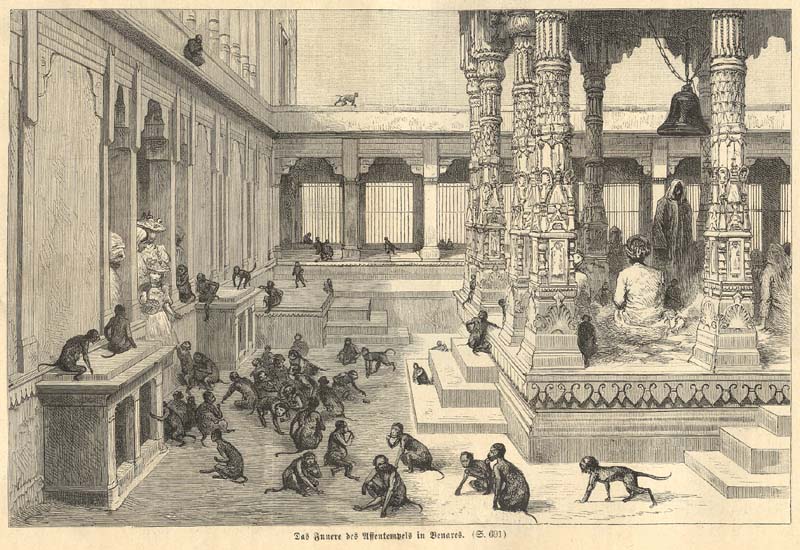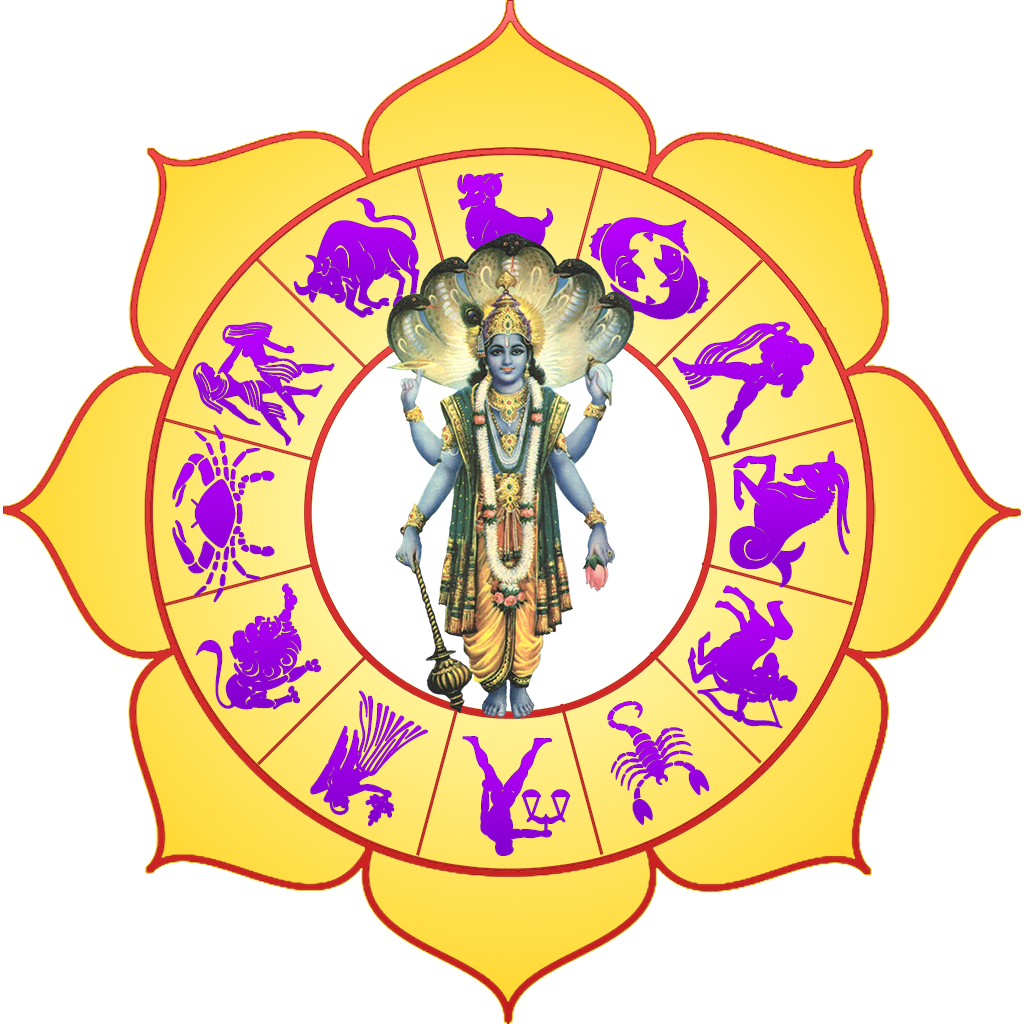Author: Sanjay Rath
Nomenclature
Atha अथ षोडशवर्गाध्यायः॥ atha ṣoḍaśavargādhyāyaḥ || This is the chapter title. The word ‘atha’ is an auspicious and inceptive particle which has no English equivalent….
Guru Vandanā
Lord Śiva is the parameṣṭhi guru which means the ultimate guru and Vedavyāsa is the guru of all creatures on this planet. During the present…
Primary Divisions
We must not forget that it was the Hindus who discovered what is known as the precession of the Equinoxes, and in their calculation such…
Sarbani Rath
Sarbani Rath sarbani.rath@srijagannath.org http://sarbanirath.com JSP India Head of SJC 15B Gangaram Hospital Road, New Delhi 110060, India +91-9810449850 fb/SarbaniRath @sarbanirath Bio: Born on the Thirtieth…
Method of Three Kings
{tab=Intro} Examination of Rāśi Chart What are the areas we need study in the kṣetra? These include primarily the nature, health and longevity of the…
